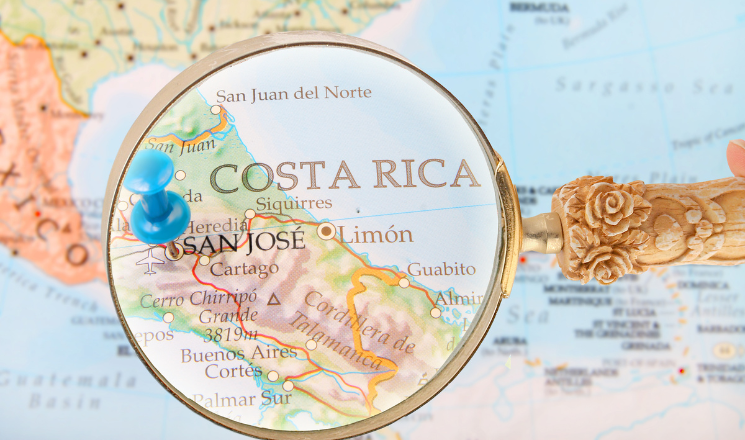Costa Rica is one of the world’s most exciting places for ethical wildlife encounters. With dense rainforests, sparkling coastlines, and cloud-covered mountains, it’s no surprise this small country is home to over 5% of the planet’s biodiversity. Whether you dream of seeing sloths hanging in trees, howler monkeys leaping overhead, or toucans flashing past in a blur of color, the possibilities are endless.
However, spotting wildlife the right way matters. In fact, not all tours and animal experiences are safe for the creatures we admire. This is where ethical wildlife encounters come in. They ensure we protect nature while still enjoying it. Let’s walk through the best ways to have unforgettable animal adventures in Costa Rica—without causing harm.
Why Choose Ethical Wildlife Tours Costa Rica?
Wildlife tourism can be both magical and harmful. On one hand, it inspires appreciation and funds conservation. On the other, it can disrupt natural behaviors or support abusive practices if done wrong. That’s why focusing on ethical wildlife encounters is crucial.
For instance, feeding monkeys or taking selfies with sloths may look fun, but these actions often stress or endanger the animals. Ethical travel ensures your actions support preservation—not exploitation. So, instead of just being a tourist, you become a part of the solution.
Best National Parks for Ethical Wildlife Viewing
Costa Rica’s national parks are perfect for ethical wildlife tours. These protected areas are monitored, well-maintained, and led by trained guides.
1. Corcovado National Park
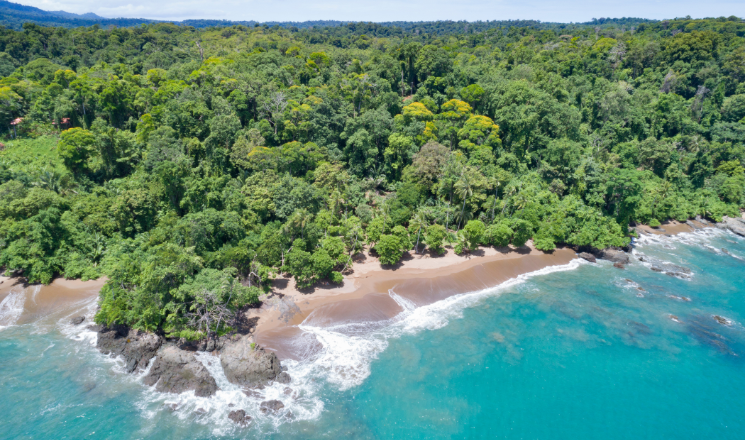
Located on the Osa Peninsula, Corcovado National Park is one of the most biodiverse places on Earth. You’ll find tapirs, pumas, anteaters, and more. Certified guides ensure a safe and respectful experience.
2. Tortuguero National Park

Famous for its sea turtles, Tortuguero National Park also features canals and rainforests rich in birds and reptiles. Tours during nesting season are highly regulated—ethical and magical.
3. Manuel Antonio National Park
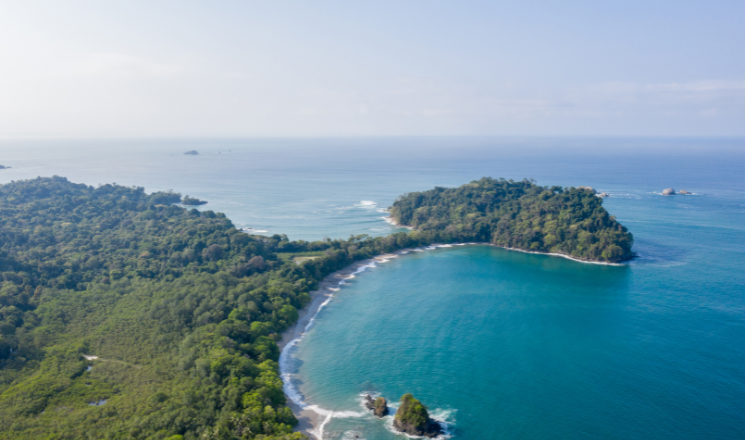
This Manuel Antonio National Park offers big wildlife encounters: monkeys, sloths, and exotic birds. Stick to marked trails and respect animals’ space for a sustainable experience.
Ethical Wildlife Sanctuaries Worth Visiting
When animals can’t return to the wild, ethical sanctuaries provide a permanent home. These places focus on care, rehabilitation, and public education—without exploiting the animals.
1. Toucan Rescue Ranch in San José: Ethical Wildlife Care
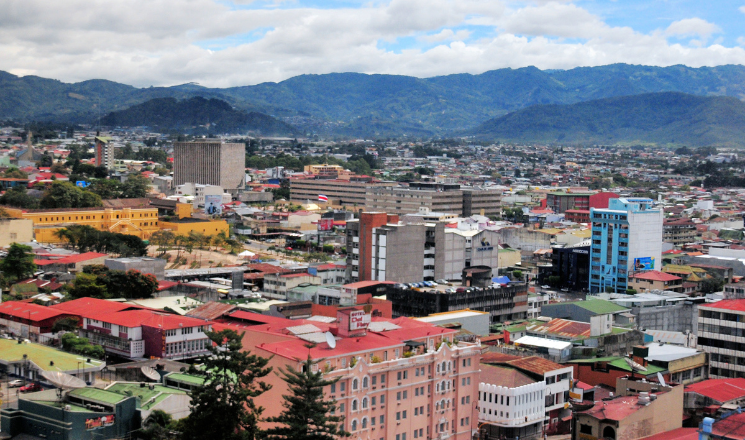
Located just outside San José, Toucan Rescue Ranch rehabilitates sloths, owls, toucans, and other animals. There’s no petting—only guided educational tours that focus on conservation and learning.
2. Jaguar Rescue Center in Puerto Viejo: Real Rescue and Release
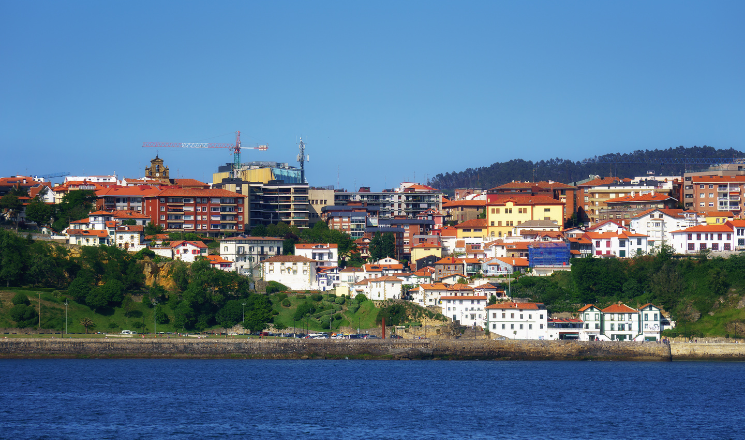
In the beach town of Puerto Viejo, the Jaguar Rescue Center rescues and rehabilitates monkeys, snakes, wild cats, and more. Many are released back into the wild after recovery. A must-visit for ethical wildlife enthusiasts.
3. Sloth Sanctuary on the Caribbean Coast: Gentle Care and Education
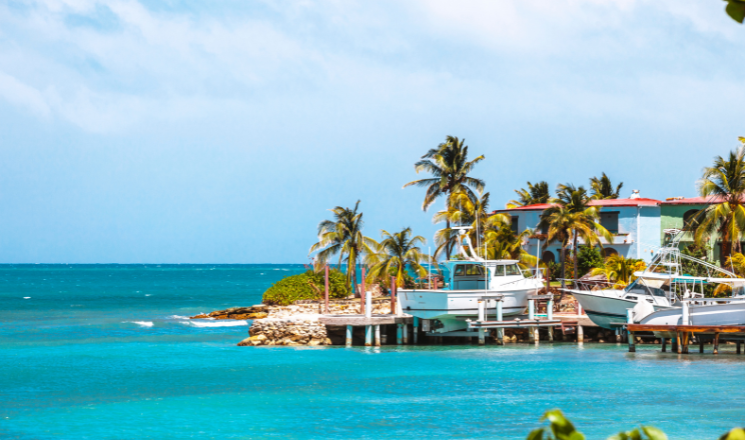
Situated along Costa Rica’s Caribbean coast, the Sloth Sanctuary helps orphaned or injured sloths recover in a peaceful setting. Visitors can observe these gentle creatures from a respectful distance while learning about their habits and needs.
Look for MINAE certification to confirm a sanctuary meets Costa Rica’s animal welfare standards.
Choosing the Right Ethical Wildlife Tour Operators
Not all wildlife tours are created equal. To ensure your experience is ethical:
- Check for sustainability certifications (like CST)
- Avoid companies that offer animal handling or staged photos
- Prefer small group tours to minimize environmental impact
- Hire local guides for insider knowledge and community support
A truly ethical operator will focus on education, conservation, and respectful interaction.
What to Look for in a Responsible Tour
- No animal baiting or feeding: Ethical guides won’t lure animals with food just for photos.
- Small group sizes: Less noise means more natural behavior—and a better chance to see wildlife.
- Eco-certifications: Look for CST (Certificate for Sustainable Tourism) or operators listed by local conservation groups.
- Local guides: Hiring residents helps support the community and ensures deep knowledge of the area.
From dawn birdwatching in Monteverde to night walks in the rainforest near Arenal Volcano, there are plenty of ethical options to explore nature.
Common Mistakes to Avoid During Animal Encounters

Even with the best intentions, travelers can make choices that harm wildlife. To truly protect Costa Rica’s animals, you must avoid these common but damaging practices:
- No touching or holding animals: Sloths and monkeys don’t want hugs—handling them causes stress.
- Don’t take selfies with wild creatures: If someone offers a photo opportunity with a wild animal, it’s likely unethical.
- Never feed animals: It changes their behavior and diet, which can lead to aggression or dependency.
- Stay quiet and move slowly: Loud noises or sudden movements often scare animals away—or put them at risk.
In other words, let wildlife stay wild. That’s the heart of an ethical wildlife encounter.
Travel Choices That Support Conservation
Supporting conservation goes beyond where you go—it’s also how you travel. Every purchase you make in Costa Rica has the power to help or harm its delicate ecosystems.
Easy Ways to Help While Traveling

- Stay in eco-lodges: Many lodges like Lapa Rios and El Silencio Lodge contribute directly to forest preservation and wildlife care.
- Buy local: Choose souvenirs, food, and services from community businesses that respect the land and traditions.
- Support conservation organizations: Donations to Osa Conservation, The Nature Conservancy, or Sea Turtle Conservancy go directly to fieldwork and protection efforts.
- Use sustainable products: Biodegradable toiletries, reef-safe sunscreen, and reusable water bottles reduce your impact instantly.
When your travel dollars support the environment, they leave a positive footprint long after your trip ends.
When to Visit for Ethical Wildlife Encounters
Your timing can impact which animals you see. While Costa Rica is beautiful year-round, some months are better for certain wildlife activities.
- Dry season (Dec–Apr): Ideal for hiking and spotting land animals like sloths, monkeys, and birds.
- Green season (May–Nov): Offers lush landscapes and great opportunities to see frogs, reptiles, and insects.
- Turtle nesting (Jul–Oct): Visit Tortuguero or Ostional to watch thousands of sea turtles return to shore.
- Whale watching (Jul–Oct, Jan–Mar): Marino Ballena National Park on the Pacific Coast is one of the best places to spot humpbacks.
Plan ahead, and you’ll time your visit just right for the most amazing and ethical wildlife encounters.
Tools to Enhance Your Ethical Wildlife Adventure

Enhance your wildlife spotting and reduce your impact with smart tech:
- Seek by iNaturalist: Great for identifying plants, insects, and animals in real time.
- Audubon Bird Guide App: A must for birdwatchers—especially in Monteverde or Tortuguero.
- Gaia GPS or AllTrails: Perfect for navigating hiking routes without disrupting nature.
- Binoculars and red-filter flashlights: Help you observe wildlife from a respectful distance without startling them.
These tools make your journey more informative, and importantly, more respectful of the environment around you.
Final Thoughts on Ethical Wildlife Tours Costa Rica
Every time you step into Costa Rica’s wild places, you’re entering a delicate world filled with beauty, balance, and life. Choosing ethical wildlife encounters means putting that world first—before the Instagram likes or selfie moments.
So slow down. Listen to the jungle. Watch, don’t touch. Learn, don’t interrupt. Because the most unforgettable encounters are the ones where nature remains untouched—and you leave as nothing more than a kind observer.

